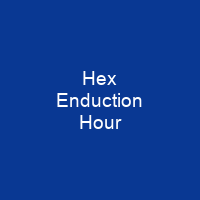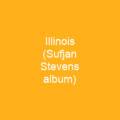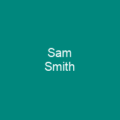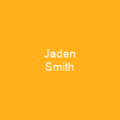Hex Enduction Hour is the fourth studio album by the English post-punk group the Fall. Released on 8 March 1982, it builds on the low-fidelity production values and caustic lyrical content of their earlier recordings. The album peaked at number 71 on the UK charts and attracted the attention of several record labels.
About Hex Enduction Hour in brief

all that shit.’ The album’s cover art was seen by many in the music industry as coarse and lacking accepted layout or typographical qualities; HMV would only shelve it back to front on their racks. According to critic John Doran, “uncertainty around a record label seeps into the album’s sound, the work of a band with a gun pressed to their heads”. Hex Enduction hour takes influence from the Velvet Underground’s “Sister Ray”, Captain Beefheart and the early 1970s Krautrock band Can. It was the Fall’s first to include a two-drummer lineup, with Paul Hanley and Karl Burns in the classic band’s classic line-up. The group’s first single on Kamera Records was Lie Dream of a Casino Soul, which also featured drummer Karl Burns for thefirst time since Live at the Witch Trials. Kamera agreed to pay costs for the rest of the recordings and hired producer Richard Mazda, who suggested that the sessions would take place in a disused cinema in Hitchin, known as Regal Sound Studio, as the ambience would resemble the band’t live sound. The Fall recorded “Hip Priest”, “Iceland” and non-album single “Look, Know” and the remaining tracks in a disused cinema in Hitchin.
You want to know more about Hex Enduction Hour?
This page is based on the article Hex Enduction Hour published in Wikipedia (as of Nov. 05, 2020) and was automatically summarized using artificial intelligence.







